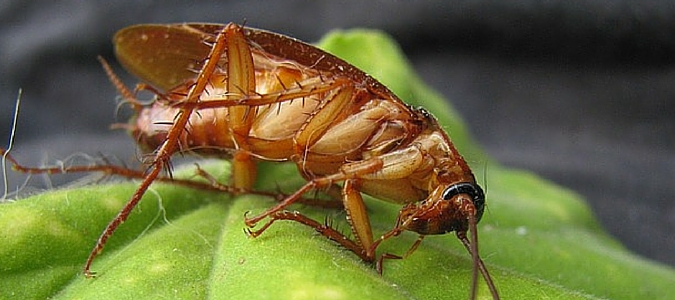Landscape Lighting Meets Efficiency and Practicality
Landscape lighting can add an elegant touch to an outdoor space, but many homeowners are unaware that this aesthetic feature can also offer functional benefits. Choosing lighting with high-tech features can boost the practicality of lighting and offer energy efficiency.
Energy Sources
Homeowners have a variety of lighting sources to choose from when shopping for outdoor lighting that can highlight beautiful landscaping. Buildipedia.com explains that there are three primary energy sources when it comes to outdoor lighting: solar power, electricity, and gas.
- Solar power is energy-efficient because it uses the sun’s power instead of requiring a homeowner to pay for a power source. However, solar power is only reliable in areas that regularly receive a lot of sun during the day.
- Electricity is hard-wired to the home to provide reliable power, but this option can be expensive.
- Gas is reliable and provides an aesthetic bonus by making outdoor lighting appear old-fashioned. However, homeowners who would … Read Full Post »

